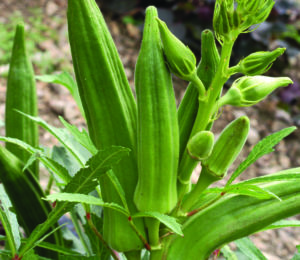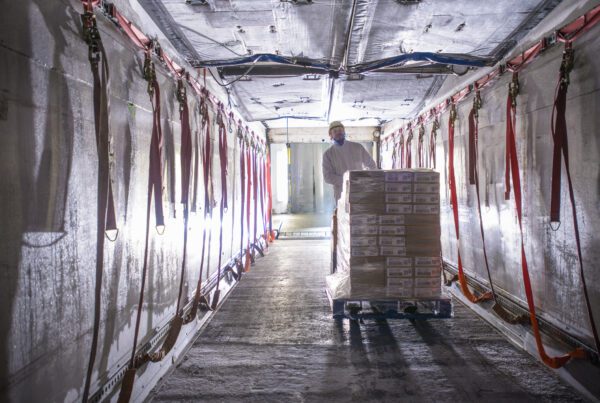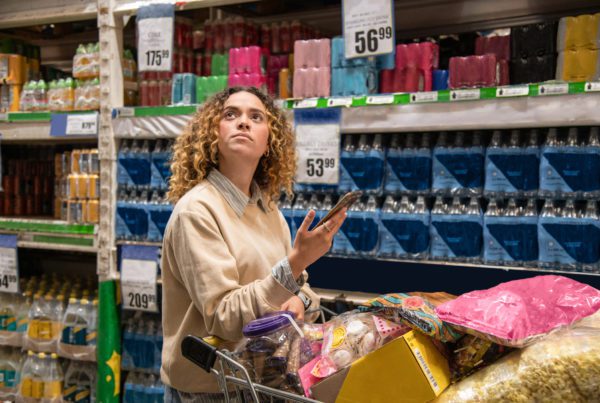Immigration patterns and the ramifications on the logistics of perishables items.
The ancient Egyptians looked at the horizon and saw that the Bhindi was coming. The slime dripping out of its body while slowly taking over the valley was not the biggest fear the people of Egypt had about the viscous substance. Their fear was getting the Vendakkai into their houses and modifying forever the process of making their own food.
The above sounds just like one of the plagues that affected Egypt right out of the Old Testament but the truth is far from it. The vendakkai, bhindi, gumbo, and lady fingers are nothing more than other names for okra. The gumbo is a flowering plant in the mallow family. It is valued for its edible green seed pods that were introduces to Egypt from what the geobotanists called the Abyssinian center of origin of cultivated plants, an area that includes present-day Ethiopia, the mountainous or plateau portion of Eritrea, and the eastern, higher part of the Anglo-Egyptian Sudan. The introduction of okra was a byproduct of the illegal displacement of citizens of that area throughout the Middle East, Europe and later America during colonial times. Today, okra is cultivated in countries with temperate annual climates and is exported all over the world to satisfy the ever growing demands. Okra is sent to countries with a growing Indian populations as the Vandakki is utilized in multiple of their dishes generating the need to find better ways to move this edible green seed pods from places like Guatemala, Honduras and Nicaragua that have the right climate for cultivation. The growth of Indian populations in France, the United Kingdom, Italy and Spain is allowing CFI to help the offices of Kuehne- Nagel in Central America facilitate the movement of this vegetable to Europe.
Indian migration in France is remarkable for its diversity and social invisibility. Indian migrants belong to a wide spectrum of religious, ethnic, linguistic and social backgrounds and their migration routes to France are multiple: one can roughly distinguish between French speaking groups linked to France by the colonial past and more recent migrants from Punjab and Gujarat who ended in France because they could not migrate to the UK. The increase on demands for essentials ingredients to their dishes created a need for a program of okra to Charles de Gaulle Airport in Paris.
 In less than a year we had moved just over four million kilos of okra to Paris thanks to the collaboration with the Kuehne-Nagel team in Honduras and CFI Miami .Utilizing our space available out of Miami, the successful movement of okra permitted us to start new synergies with other Kuehne + Nagel offices and commodities. We are moving golden pineapples from Costa Rica to the UK, Spain, Italy and Russia; mangoes, asparagus and blueberries from Lima to Europe and the Middle East and papayas and rambutan to Madrid and London. We are current working on programs to move pineapples and papaya from Panama to Europe and snow peas, sugar snap peas and french beans from Guatemala to most of Europe.
In less than a year we had moved just over four million kilos of okra to Paris thanks to the collaboration with the Kuehne-Nagel team in Honduras and CFI Miami .Utilizing our space available out of Miami, the successful movement of okra permitted us to start new synergies with other Kuehne + Nagel offices and commodities. We are moving golden pineapples from Costa Rica to the UK, Spain, Italy and Russia; mangoes, asparagus and blueberries from Lima to Europe and the Middle East and papayas and rambutan to Madrid and London. We are current working on programs to move pineapples and papaya from Panama to Europe and snow peas, sugar snap peas and french beans from Guatemala to most of Europe.
The success that we had last year moving okra and pineapple is just one example of the numerous synergies that we can create for clients between the global offices of Kuehne + Nagel and CFI working together as members of the same family. This placed us in a strategic position to help our customers bring native food items anywhere their countrymen choose to migrate.




